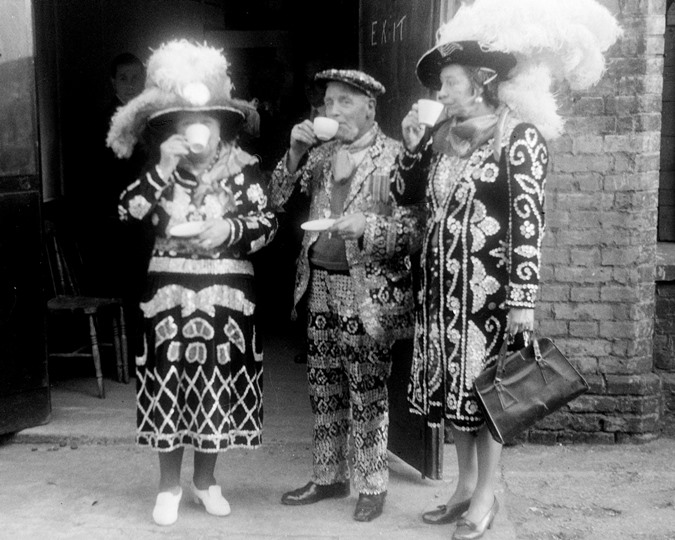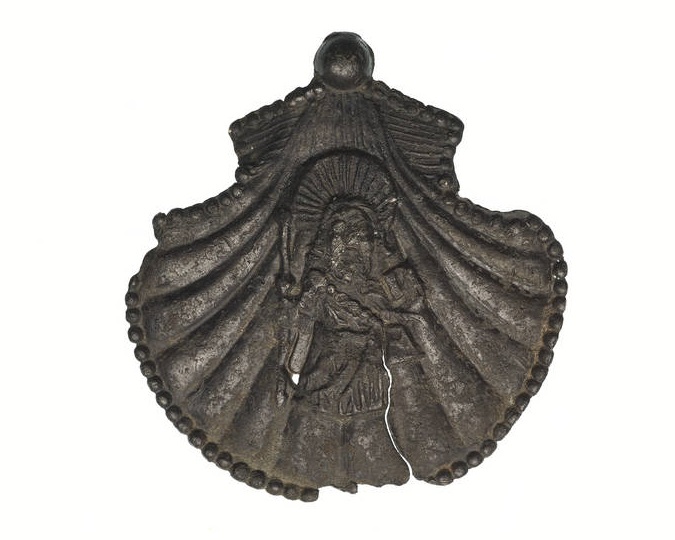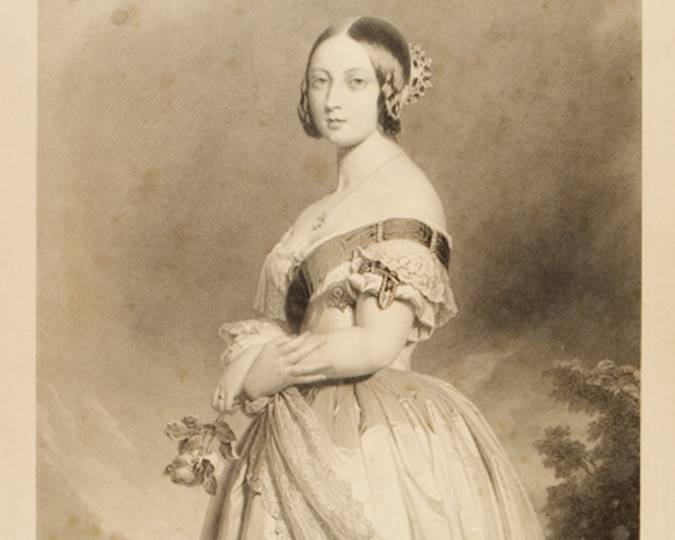The museum's London Collection holds over seven million objects, but we're constantly collecting to try and keep up with a changing city. Our display in the Show Space area showcased some of the objects added in 2017, telling the stories of a wide range of Londoners.
We do not just collect precious or beautiful objects, we are also interested in the everyday, things that at first glance might not look very special. As a social history museum, we want to reflect the way life in the capital has changed over the years. Even simple objects are loaded with context and associated information about the Londoners who lived, or live, here.
Women's right to work: ‘On the Roll’ printed toilet roll, 2016
One of a limited edition of 100, this printed toilet roll was commissioned by the First 100 Years project, which charts the journey of women into the legal profession since 1919. This roll represents how a lack of bathrooms for women at law firms and legal institutions was used as a pretext not to hire female lawyers, even as recently as 1970s. It fits brilliantly with our collection of suffragette material, reflecting the way that even after campaigners fought to end formal discrimination, unequal facilities excluded women from the world of work and public life. The roll was designed by Adrien Raphoz with the text by Grant Codron.
City on fire: a letter from the Blitz, 1940
This letter was written on New Year’s Eve 1940 by London firefighter, George Britchford, to his wife Kathleen, who had been evacuated to Newcastle with their two young sons. Written from the family home in South Croydon the nine-page letter recounts George's experience as a firefighter during one of the most destructive nights of the Blitz, Sunday 29th December 1940 when 'it seemed as if the whole of London was on fire'. George and his comrades fought the flames of German incendiary bombs until they were so tired and wet they could hardly hold the water hose. You can read more about the letter, and George's experiences, here.
An iconic Soho meeting place: Bar Italia coffee cup and saucer
![By Spudgun67 (Own work) [CC BY-SA 4.0 (http://creativecommons.org/licenses/by-sa/4.0)], via Wikimedia Commons](/application/files/9915/0419/1233/Bar-Italia.jpg)
Bar Italia, Frith Street, Soho
By Spudgun67, [CC BY-SA 4.0] via Wikimedia Commons
Bar Italia was opened in 1949 on Frith Street, Soho by Italian husband and wife Luigi and Caterina Polledri and quickly became a social centre for those of Italian descent. As Soho changed from a residential to an entertainment district, Bar Italia became a key venue in London’s after-dark social scene, surrounded by nightclubs.
Today, Bar Italia retains much of its original design and character. This cup and saucer are the standard tableware at the café. Serving coffee in the correct shape of cup – with a curved inside bottom like this one – is considered an essential part of getting the drink right.
The cup and saucer were donated to the museum by second generation Italian, Donato Esposito. After moving to London in 1997 the donor would visit the café around 2am after a night out clubbing. He liked hearing café staff speaking Italian and felt welcomed as ‘one of their own’, and was gifted the cup and saucer by a waiter on one of his many visits. He continues to visit Bar Italia, but infrequently and in the afternoons: ‘my early morning visits having fallen away with my youth!’
Keeping dry around London: Gaytees overshoes, 1939
These overshoes were worn by 14 year old Lillian Nash (nee Capp) over her heeled court shoes to keep her feet dry during the severe winter of 1939-40.
A new apprentice at couturier Peter Russell in Mayfair, Lillian’s job involved a lot of dashing around to London suppliers to match the colours of zips to silk fabrics. Wanting her daughter to stay dry, Lillian’s mother purchased her a raincoat and this pair of overshoes. Unfortunately as the Second World War gained momentum, Lillian’s mother could no longer afford for her daughter to travel into central London. Lillian left her part-time apprenticeship and found work closer to home in Surrey.
Making a living: Olympia portable typewriter, c. 1951

Ivy Hollis
This olive green Olympia SM2 portable typewriter was the most treasured possession of Ivy Hollis (nee Ferguson), born 1916. Ivy grew up on the Isle of Dogs and was a good student, frequently top of her class. Unfortunately, she missed out on a hoped-for scholarship to enable her to continue her education and so at age 14 Ivy left school to train as a secretary. This is Ivy’s second typewriter as the first was lost during the Blitz, when she was twice bombed out of her home.
Ivy was recruited into the Cabinet War Rooms during the Second World War. She worked as secretary to the Joint Chiefs of Staff, preparing reports and taking dictation from ministers, sometimes from Churchill himself. Ivy was privy to secrets such as the D-Day landings, but found it distressing to type the great numbers of servicemen who were considered ‘expendable’ in every planned action. During three day shifts, Ivy would often sleep in the dock below the war rooms.
After the war Ivy was pleased to leave her job at the Cabinet when she married a fruit and vegetable porter from Romford Market. They went onto to have four children. Unfortunately Ivy’s husband was injured, forcing her to become the family’s main breadwinner. She purchased this typewriter to do secretarial work from home. She died in 2000.
Defining yourself through fashion: Karen Moller mini-dress

Karen Moller
Fashion designer
This dress was bought at Miss Selfridge in 1968 by Suzanne Keene, then 24. She customised the dress to better fit her style, raising the hemline to make it shorter. Miss Selfridge first opened in 1966 and by 1969 had over 180 stores. The brand continues to be known today for ‘capturing the latest trends and epitomizing colourful, fun and fast-moving fashion’.
The dress and fabric of this mini-dress were designed by Canadian Karen Moller, who arrived in London in 1962 and became a key fashion designer of the period. It is made of off-white synthetic fabric printed with Art Nouveau lettering by Czech artist Alphonse Mucha (1860-1939). Mucha’s work came to the fore at the end of the 19th century in Paris when he designed posters for French actress Sarah Bernhardt. The 1960s saw a revival of the Art Nouveau style.
We are London
It is not buildings or objects that make a city, but people. It is the stories behind these newly acquired items that allow Londoners to speak through the museum's collection. The London Collection is a multi-author work, reflecting the past and current inhabitants of this city. Through it we seek to spark curiosity about the London we experience today.
Collecting London closed 18 October 2017.

















